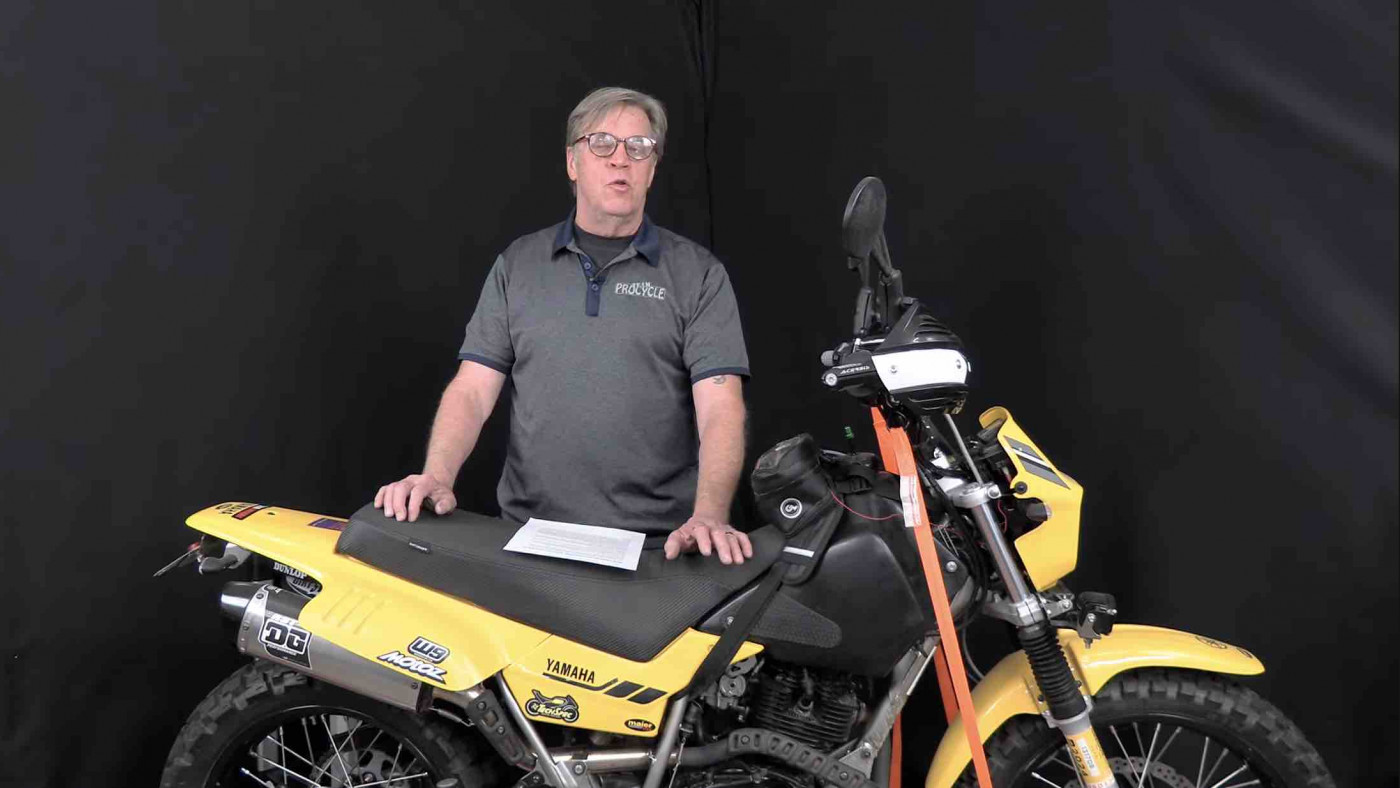We often get asked by customers what size sprockets they should put on their bikes. The answer depends heavily on the type of riding you intend to do. Bike manufacturers typically choose a standard front and rear sprocket ratio that is good for “all around” riding, but depending on whether you ride primarily off-road or for long highway stretches, you may want to change that gearing.
As a general rule, engines develop more power at higher RPMs. When you ride off-road, you’ll want gearing that will keep the engine at higher RPMs, even when your wheel speeds are low. In order to do that, you’ll want “shorter” gearing (higher numeric gear ratio). On the other hand, when you’re just cruising along on the highway, you don’t need a whole lot of power. For those applications, having “taller” gearing (lower numeric ratio) will allow your engine to run at a lower RPM, reducing noise & vibration, wear, and fuel consumption.
You can easily change the gearing on your bike by swapping out your front and/or rear sprockets. For example, if your stock sprocket set is 15/42 (15 front teeth, 42 rear teeth), this is a 2.80 ratio. To get shorter gearing, you can swap out the rear to a 45T (and keep the 15T front), which will get you to a shorter 3.00 ratio. Alternatively, you can swap out the front to a 14T (and keep the 42T rear) and also get to a 3.00 ratio. As a quick rule of thumb, every sprocket tooth you add to the front is the same as removing 3 from the rear.
When changing your sprockets, you may also need a chain of a different length or replace your sprocket retainer. You can e-mail or call us to figure out what other components you may need with a new set of sprockets.
One question we get asked often is how strong of a chain you need. Most manufacturers use the 520 size chain and sprocket, while some will use the 525 size. For most dual-sport applications, the strength of a 520 chain is more than enough, and a 525 size is typically not necessary. The 520 size chain has the additional benefit of lower reciprocating mass. As long as you properly maintain your chain (clean, lube, and adjust as needed), it will give you plenty of service life.
We also get a lot of questions about master links and whether a clip style or rivet type is better. When installed correctly, both of these are similar in value and performance. When we do see failures with either of these, it is usually due to installation error (for example, the rivet was too tight, or the clip was facing the wrong direction).
As always, if you have additional questions, don’t hesitate to e-mail or call us.

